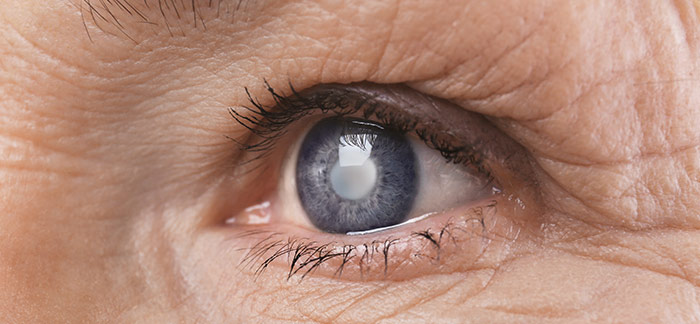|
There are different types of cataracts, depending on which part of the eye’s lens is affected, they can affect the centre, the sides, or the back of the lens. They can appear in just one eye or in both eyes, however, in most instances they may not develop at the same rate in each eye. Since no pain or redness is normally experienced with cataracts, symptoms to note are hazy/blurred vision, a ‘film over the eyes’ or small spots or patches where vision is less clear.
|

